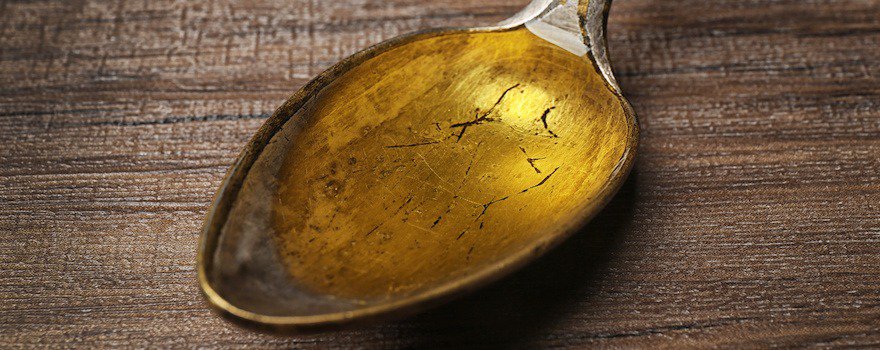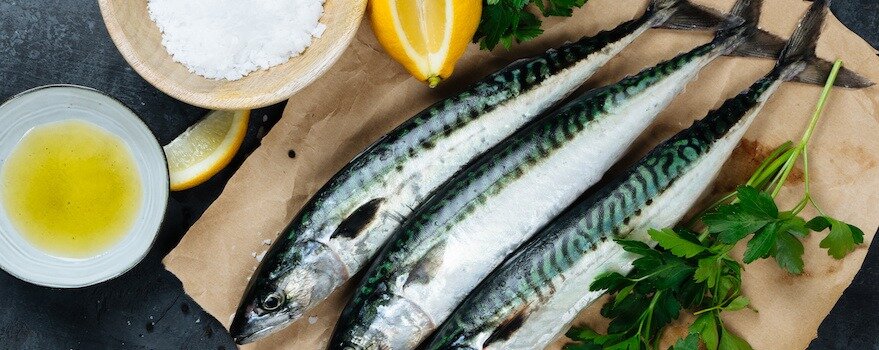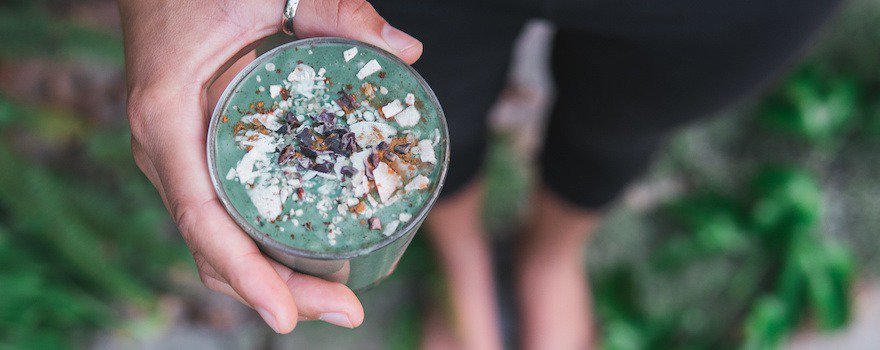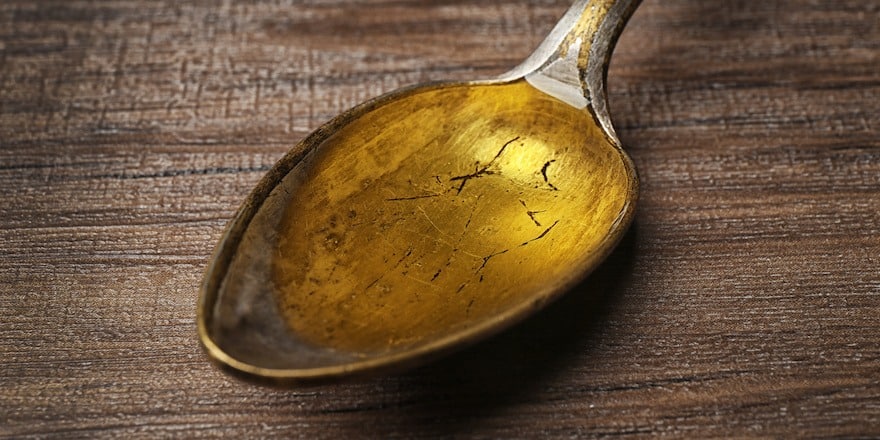What is Vitamin D3?
Vitamin D actually encompasses two forms of the vitamin: Vitamin D2 (or ergocalciferol) and Vitamin D3, also known as cholecalciferol. Vitamin D3 alone accounts for 80 to 90% of total vitamin D intake.
The majority of Vitamin D3 is produced by the body thanks to sunlight. During exposure, UVB rays stimulate the precursor of Vitamin D3 present in skin cells: 7-dehydrocholesterol. Vitamin D3 is then stored in the liver, muscles, and fatty tissues.
When it is not produced, it is provided to the body through diet. Some foods are particularly rich in Vitamin D3: fatty fish, eggs, cheese… Cholecalciferol is most often of animal origin, but some mushrooms and plants may also contain it.
Read also | How to find the best Vitamin D on the market?
Benefits of Vitamin D3
Vitamin D3 plays a role particularly in bone calcification. It ensures the good health of bones, cartilage, and teeth. Its role is especially important for children as it ensures the normal development of their skeleton and strengthens their bones.
To strengthen the skeleton, Vitamin D3 improves calcium and phosphorus absorption through the intestines. Under the action of Vitamin D3, calcium and phosphorus are then transported in the blood and stored in the bones.
But the benefits of Vitamin D3 do not stop there. It is involved in many other bodily functions:
- Boosts the immune defenses
- Maintains muscle strength
- Improves cognitive functions
- Affects moods and depression
- Prevents certain diseases (osteoporosis, osteomalacia, rickets as well as cancers, diabetes, and heart diseases)
Note: for Vitamin D3 to fully exert its action on the body, it is advisable to associate it with Vitamin K2 (menaquinone). The latter improves calcium storage in the bones.

Symptoms of Vitamin D3 Deficiency
Vitamin D3 deficiencies are more common in northern countries than in southern countries that benefit from more sunshine. It is generally recommended to have 30 to 45 minutes of sun exposure per day, which is not always feasible in winter in northern countries. Moreover, the UVB rays that enable the synthesis of Vitamin D3 significantly decrease during this period.
Certain factors can also increase the risk of Vitamin D3 deficiency. Babies and children, pregnant women, and the elderly are more exposed.
The production of Vitamin D3 via sunlight also depends on skin pigmentation. The lighter the skin, the faster Vitamin D is produced. People with dark skin need more time in the sun to produce Vitamin D3. High skin pigmentation can thus increase the risk of deficiency.
Specific diets (such as vegetarian, vegan, or macrobiotic) may expose one to an underdosage of Vitamin D3.
Finally, certain pathologies that cause intestinal malabsorption are also conducive to Vitamin D3 deficiency.
The various symptoms of a Vitamin D3 deficiency are:
- Repeated fractures and bone pain
- Cramps and muscle weakness
- Fatigue and depression
Do not hesitate to consult a doctor to know if you have a Vitamin D3 deficiency. Together, you can set up a treatment plan. Taking dietary supplements without medical advice is discouraged.
Recommended Nutritional Intakes for Vitamin D3
The recommended nutritional intakes for Vitamin D3 depend on age, place of residence (more or less sunny), or life stages. Babies and children, pregnant women, and the elderly have higher needs for Vitamin D3.
- Pregnant women: 10 to 15 µg/day
- Infants: 20 to 25 µg/day
- Children under 3 years: 10 µg/day
- Children over 3 years: 5 to 6 µg/day
- Adolescents: 5 to 6 µg/day
- Adults up to 50 years: 5 to 6 µg/day
- Elderly: 10 to 15 µg/day
Top 5 Foods Rich in Vitamin D3
To meet the recommended daily needs for Vitamin D3, here is the top 5 cholecalciferol-rich foods:
1. Cod liver oil

Despite its unappetizing appearance and sharp taste, cod liver oil boasts an impressive content of vitamin D3: 250 µg of vitamin D per 100 g.
If you’re not afraid of its bitter and slightly fishy taste, take a teaspoon in the morning. Still, have a glass of juice nearby… Cod liver oil can also be consumed in capsules or tablets.
2. Fatty Fish

If you enjoy fish, prioritize fatty fish to load up on vitamin D3. Mackerels, sardines, eels, salmon, anchovies… are all possibilities. 100 g of mackerel provide 25.2 µg of vitamin D!
Cook these fish as healthily as possible, on the grill for example. Serve them with small vegetables or, better yet, mushrooms which are also good sources of vitamin D.
3. Eggs

Eggs, and more particularly egg yolk, are an interesting source of vitamin D3: 2.1 µg per 100 g of cooked egg yolk.
Eggs allow for variety. You can opt for classic preparations (omelet, scrambled or fried eggs) or for more original recipes. Prepare, for example, a delicious “oyakodon”. This Japanese dish takes the form of a rice bowl, accompanied by chicken and eggs.
4. Cheeses

Generally speaking, cheese provides a significant amount of calcium and vitamin D. However, some cheeses are richer in vitamin D than others:
- Gruyère: 0.25 µg per 100 g
- Gorgonzola: 0.24 µg per 100 g
- Mozzarella: 0.16 µg per 100 g
Consume cheese at the end of a meal (before dessert) or incorporate it into your recipes. Even if it’s hard to resist, consume cheese in moderation.
5. Spirulina

Spirulina (Arthrospira platensis) is a microscopic algae considered a superfood. Now consumed as a dietary supplement, it is an excellent source of proteins and minerals. Just a teaspoon of 3g of spirulina provides 9 µg of vitamin D.
Spirulina powder can be mixed with fruit juice or integrated into a smoothie recipe. Discover all our spirulina recipes here!
Of course, complement this diet with exposure to the sun for about thirty minutes each day.
Dangers, Side Effects, and Overdosage of Vitamin D3
Vitamin D3 being stored in the liver, muscles, and fatty tissues of the body, there is a real risk of overdose. When vitamin D3 is present in excessive amounts in the body, it can be harmful and certain side effects may appear. Excess vitamin D3 manifests as:
- Headaches
- Digestive disorders like diarrhea, nausea, or vomiting
- Intense thirst with frequent urges to urinate
- High blood pressure and cardiac rhythm disorders
In pregnant women, overdoses of vitamin D3 can unfortunately lead to the loss of the child or malformation of the fetus.
Be vigilant and always follow the dosages recommended by your doctor.



